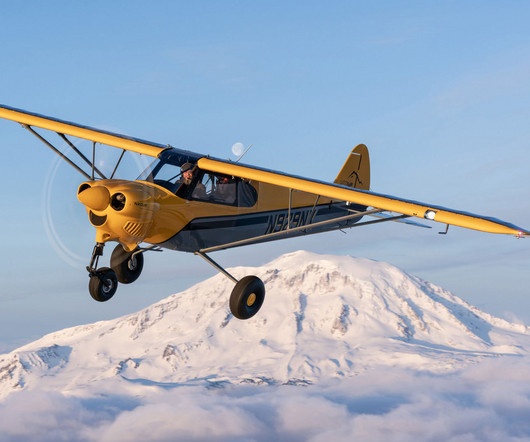NTSB Releases Preliminary Report on Holland Accident
Flying Magazine
MAY 2, 2025
According to witness statements given to the NTSB, “the airplane made a normal approach to the runway, and when it was over the end of the runway, it leveled off about 50 [feet] above the runway and flew straight down the runway for several hundred feet. The Accident Around 11:30 a.m. The right wing remained attached to the fuselage.















Let's personalize your content